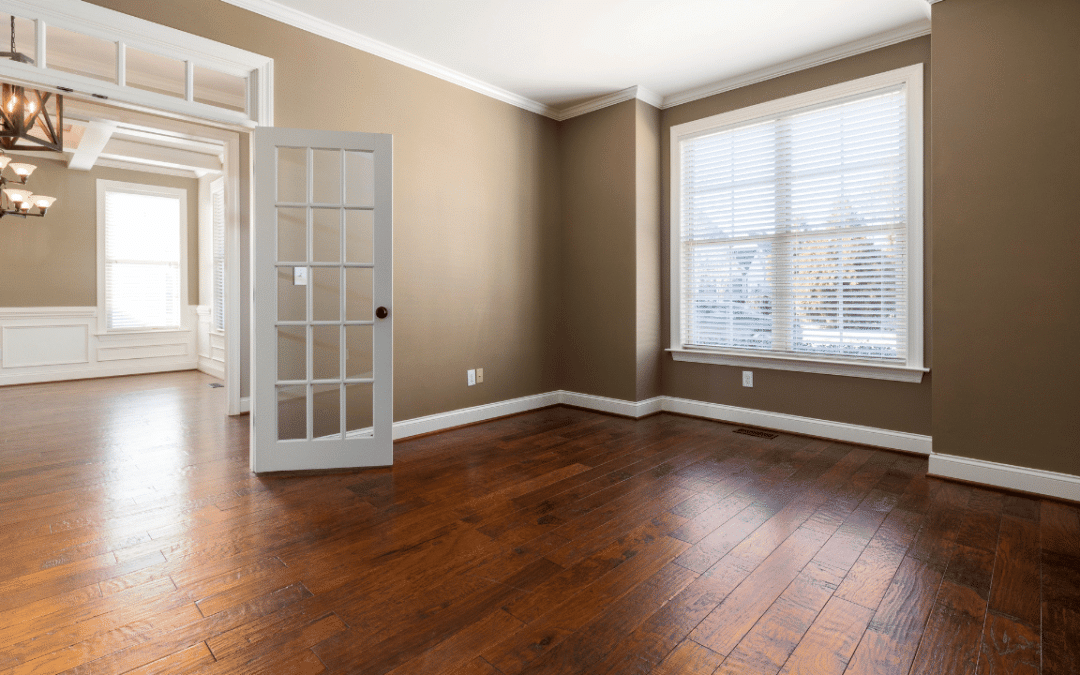When it comes to flooring, safety and sustainability are no longer optional—they’re essential. One of the most overlooked aspects of flooring design is slip resistance: how well a surface reduces the risk of slips, trips, and falls. But in today’s eco-conscious marketplace, it’s not just about safety. Homeowners, business owners, and builders are also looking for sustainable solutions—flooring choices that balance durability, safety, and environmental responsibility.
In this article, we’ll explore what sustainable slip resistance really means, why it matters for both residential and commercial spaces, and how Flooring by Design can help you select flooring options that deliver both style and peace of mind.
What Is Sustainable Slip Resistance?
Slip resistance refers to the ability of a floor surface to reduce the likelihood of accidents caused by slipping. Traditionally, this has been measured using tests like the coefficient of friction (COF). A higher COF generally means better grip and safer flooring.
But sustainability adds another layer to the conversation. Sustainable slip resistance isn’t just about meeting building code standards at installation—it’s about ensuring the flooring remains safe over time while minimizing environmental impact. This means selecting flooring materials that:
- Maintain their slip resistance through years of wear.
- Require fewer harsh chemicals to clean and preserve.
- Come from responsibly sourced or recyclable materials.
In short, sustainable slip resistance blends long-term safety with eco-friendly flooring choices.
Why Sustainable Slip Resistance Matters for Your Floors
1. It Protects People and Reduces Liability
Slips and falls are a leading cause of workplace and home injuries. For businesses, this risk can translate into lawsuits, workers’ compensation claims, and costly downtime. Choosing flooring with sustainable slip resistance helps ensure consistent traction even after years of foot traffic, protecting both employees and customers.
2. It Supports Long-Term Cost Savings
A floor that loses its slip resistance after a few months may need constant refinishing, replacement, or heavy chemical treatments. By choosing sustainable flooring materials—like high-quality luxury vinyl tile (LVT), textured ceramic tile, or responsibly sourced hardwood—you’re investing in long-term safety with less maintenance, saving money over time.
3. It Aligns with Eco-Friendly Living and Design
Consumers are increasingly looking for sustainable products, and flooring is no exception. Choosing slip-resistant materials that are eco-friendly—such as bamboo, cork, or sustainably harvested wood—not only boosts safety but also supports healthier indoor air quality and reduces environmental impact.
Flooring Materials with Built-In Sustainable Slip Resistance
Textured Tile and Stone
Ceramic, porcelain, and natural stone tiles often come with textured surfaces designed to provide traction. Many are manufactured with eco-conscious processes and can last decades with proper care, making them both safe and sustainable.
Luxury Vinyl Tile (LVT)
LVT offers slip-resistant finishes while being durable, affordable, and available in countless designs. Modern LVT products are also phthalate-free and recyclable, making them a strong choice for sustainable flooring projects.
Engineered Hardwood and Bamboo
These options provide natural beauty with slip resistance that can be enhanced through finishes. Bamboo, in particular, is considered a sustainable flooring material thanks to its rapid renewability.
Carpet and Carpet Tile
Carpet naturally offers slip resistance and cushioning, making it ideal for reducing fall risks. Recycled fiber carpets and modular carpet tiles also provide eco-friendly alternatives with long lifespans.
5 Tips to Ensure Sustainable Slip Resistance in Your Floors
1. Match Flooring to the Environment
Different spaces require different slip resistance. For example, kitchens and bathrooms need high moisture resistance, while offices may benefit from carpet or textured vinyl.
2. Look Beyond Initial Ratings
A brand-new floor might score high on slip resistance tests, but what about five years down the road? Choose materials that hold their texture and safety rating over time.
3. Prioritize Eco-Friendly Materials
Whenever possible, choose low-VOC, recyclable, or renewable flooring options that don’t compromise on slip resistance.
4. Consider Maintenance Requirements
Sustainable slip resistance also means low-maintenance upkeep. Avoid flooring that requires frequent chemical treatments to stay safe.
5. Work with a Professional Flooring Partner
Slip resistance can be technical, and sustainability adds another layer of complexity. That’s where Flooring by Design comes in—we help you balance safety, style, and sustainability for your specific space.
Common Mistakes to Avoid
- Overlooking Slip Resistance in Style-Driven Choices: A polished stone floor may look stunning but could be dangerous in high-traffic or wet areas.
- Ignoring Long-Term Durability: Some floors lose their traction quickly, forcing premature replacement.
- Choosing Non-Eco Materials for Short-Term Savings: It may seem cheaper at first, but non-sustainable options often cost more in the long run.
FAQs About Sustainable Slip Resistance
Can I make my existing floors more slip-resistant?
Yes. Options include adding textured finishes, anti-slip coatings, or area rugs in key areas.
Is slip resistance the same in residential and commercial flooring?
No. Commercial spaces often require stricter slip-resistance standards due to higher traffic and safety regulations.
What’s the most eco-friendly slip-resistant flooring?
Bamboo, cork, and responsibly sourced hardwood are strong eco-friendly options. For high-traffic areas, recycled-content LVT or ceramic tile are excellent choices.
How do I balance aesthetics with safety?
With today’s flooring technology, you don’t have to compromise. Materials like LVT and textured porcelain tiles offer beautiful designs without sacrificing safety.
Conclusion: Safe, Sustainable, and Stylish Floors with Flooring by Design
Sustainable slip resistance isn’t just about avoiding accidents—it’s about investing in flooring that keeps people safe, lasts for years, and respects the environment. Whether you’re renovating your home or outfitting a commercial space, choosing the right flooring is one of the most important safety and sustainability decisions you’ll make.
At Flooring by Design, we help homeowners, business owners, and builders find flooring solutions that check every box: safety, sustainability, durability, and beauty. From hardwood and luxury vinyl to carpet and tile, our team ensures your floors deliver lasting value.
Ready to choose flooring that’s safe, stylish, and sustainable? Contact Flooring by Design today for a free consultation and expert guidance on your next project.

